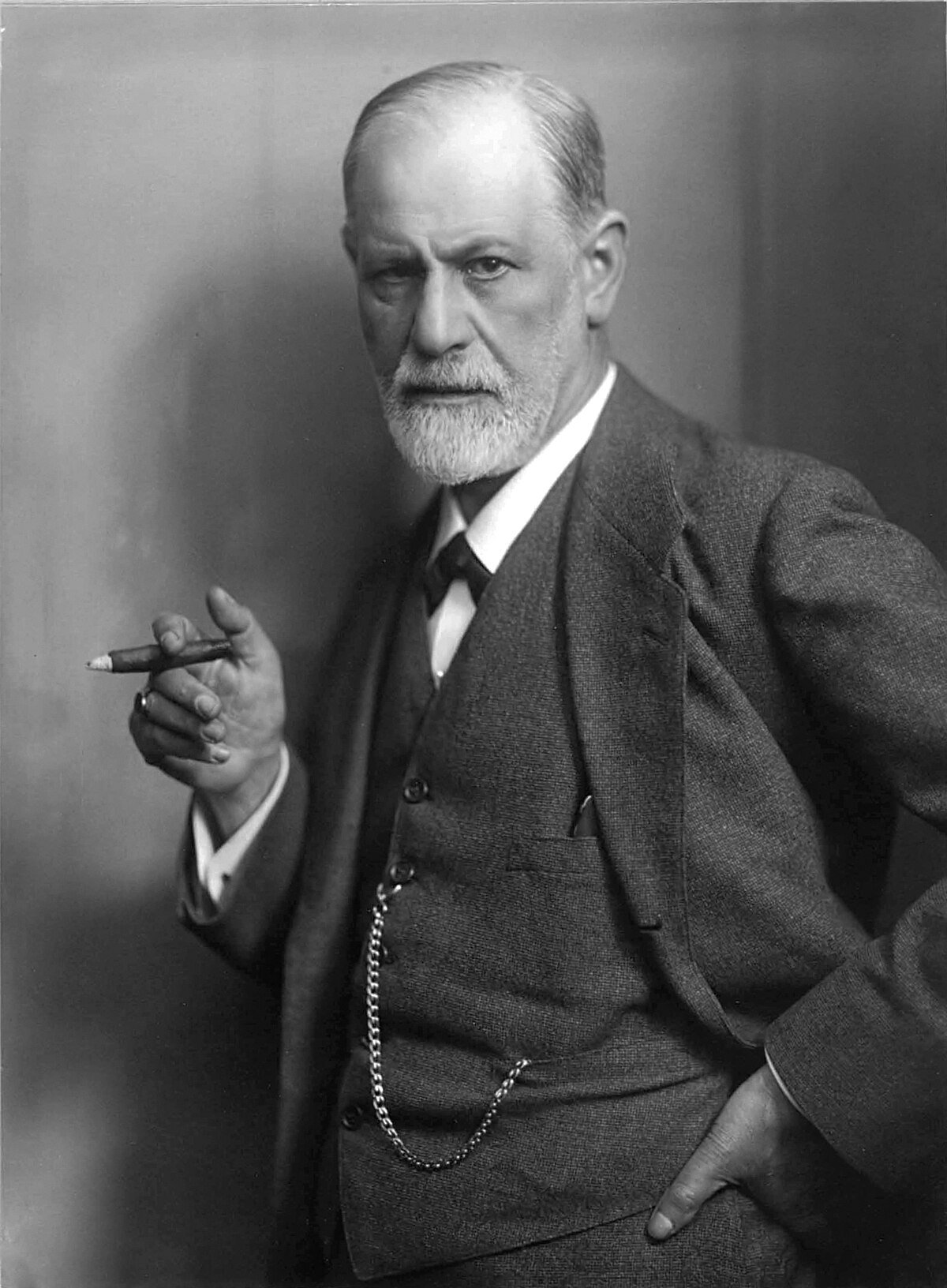CTB 37: Winter Blues or Winter Bliss?
/If you live above 40th parallel north, you have more or less cold winters. For summer outdoor sports such as triathlon, cycling and running this represents a challenge and athletes have been historically known to escape to southern training camps. But do they have to? Do cold weather and short days really mean winter training blues - or can we see them as an opportunity for winter bliss?
Being a rational optimist, I vote for winter bliss and here are 7 reasons why.
1. Have fun and become a stronger and more versatile athlete with winter sports. Cross-country skiing is the sport that produced all VO2max records because of its high intensity and volume and because it uses the most muscles of any sports – estimated 600 out of the ca. 650 we have. It includes serious load of the main mover muscles we use to create propulsion in triathlon, cycling and running. It is both specific and unspecific muscular load, serious endurance training and the endless bliss of gliding through frozen nature and shining winter landscapes that awaits you on the cross-country trails. I equate 20km of cross-country to 80-100km on the bike – with double fun! Learn how to skate really well and your winter will never be the same. Apart from cross-country skiing, there are such wonderful winter sports as ice skating, ski touring and even snow shoeing, which will all build your summer legs and lay the FUNdament for your über-endurance. For example, speed skating and cycling are completely complementary sports in terms of physical requirements. The only examples of the same athlete winning medals in Summer and Winter Olympics are among speed skaters competing in sprint and time trial events in track cycling. If you want to learn what it means to have burning quads, try speed skating.
2. Build strength with power workouts. Wintertime is the time to work on your maximum power and overall strength – both indoors and outdoors. In 8 to 10 weeks with 1 or 2 gym sessions per week of deliberate practice and periodized and progressive strength & conditioning program you can become a significantly stronger athlete, increase your range of motions and reduce your injury risk for the upcoming training load. You can also introduce power elements to your outdoor sessions, like running and jumping stairs, adding squat jumps, push ups, dips etc to your running workouts, swimming with paddles, parachutes and sponges and simply walking through deep snow.
3. Build technique with slow sessions. Making a perfect movement slowly is infinitely more difficult. Have you ever tried to swim 25m with fewer than 10 strokes? Or do a very-very-very slow push up, going down on 10 counts and then up on 10 counts? Pushing a huge gear with below 50 cadence on your bike trainer? Slow is painfully beautiful. Decompose your key moves, isolate their parts and execute them really slowly. Then add some load to it. It will build your technique and power in a very special way. Sometimes we have to slow down to get faster. Best time to do it is in winter.
4. Push pedals on your turbo trainer. Turbo training is a highly effective and efficient training tool. In less than an hour you can have the highest quality workout – and a puddle of sweat under you. You can watch Netflix series, TED podcasts, listen to the music or race against others using Tacx, Zwift or Sufferfest apps. No traffic lights, full visibility of power output and gradient - it is all so good that some people get addicted. I recommend having a plan here too. Set an objective for your FTP, pre-program power workouts that you want to be able to complete by end of February (like 5x8min at 300 Watt) and start now. By the way, no need to end your turbo training come spring. For time crunched athletes, nothing beats the efficiency of a turbo trainer. Apart from having a coach, this is also one of the best investments you can make into your training.
5. Do a Christmas Training Camp at home. Winter holidays represent a major danger for our racing weight – between the inevitable end of year stress, seemingly endless Christmas parties and important family commitments it is very difficult, almost impossible and actually quite unnecessary to keep an iron discipline for the quantity and quality of calories and bubbles consumed. So go with the flow for a little while, keep loose control – but then show some will and train like a pro for a week which you hopefully have more or less free between Christmas and New Year. A 500km cycling challenge or better 20km of swimming in a week will keep you sharp on your mission for your summer goals.
6. Plan your season. This is a perfect time to review the season, derive key learnings, set new objectives, plan and sign up for races. When setting objectives, try to think long-term and imagine where you want to be in 5 or 10 years – and which role sport should play in your life. Set both achievement and process goals, i.e. define not only what but also how your want to achieve them and what quality of life and experience your want to have. Just please don’t get carried away and sign up for too many races – it is all too easy to forget the fatigue and logistical issues of racing from the comfort of the living room sofa. Find something that you can look forward to, a stretch goal that maybe even scares you a bit – but not the one that completely terrifies you. This can be a fun process and the clarity achieved at the end of it will give you a lot of power.
7. Get your equipment ready and donate your stuff. I guess we all have too much sports stuff and everyone could easily equip several teams with the clothes and gear we have at home. So I suggest you do that! Clean and keep the stuff you need – and clean and donate all the rest. It will make your logistics easier – and someone else maybe a bit happier.
So look forward to winter bliss and come out of winter a stronger and smarter athlete and human being!





